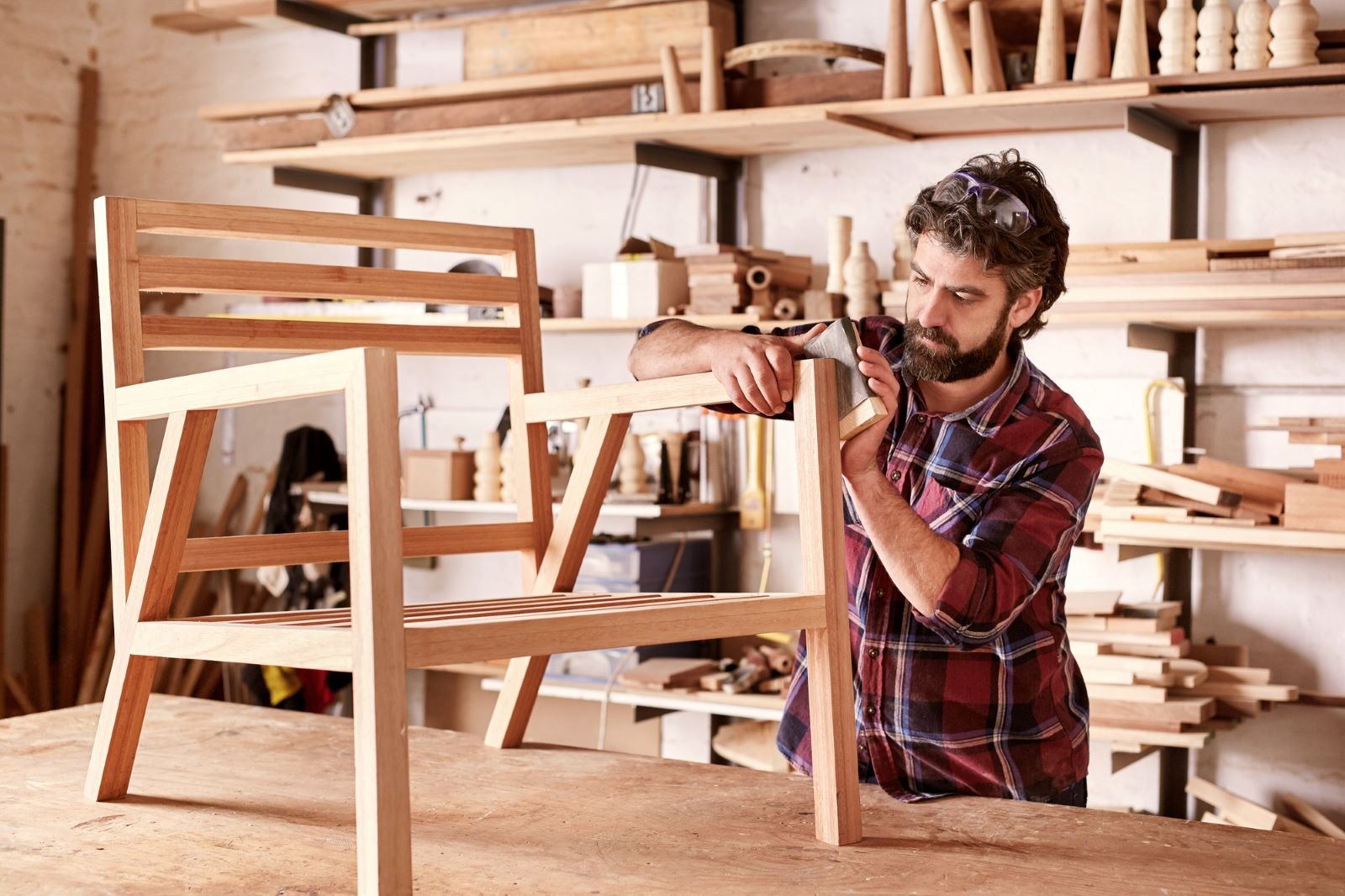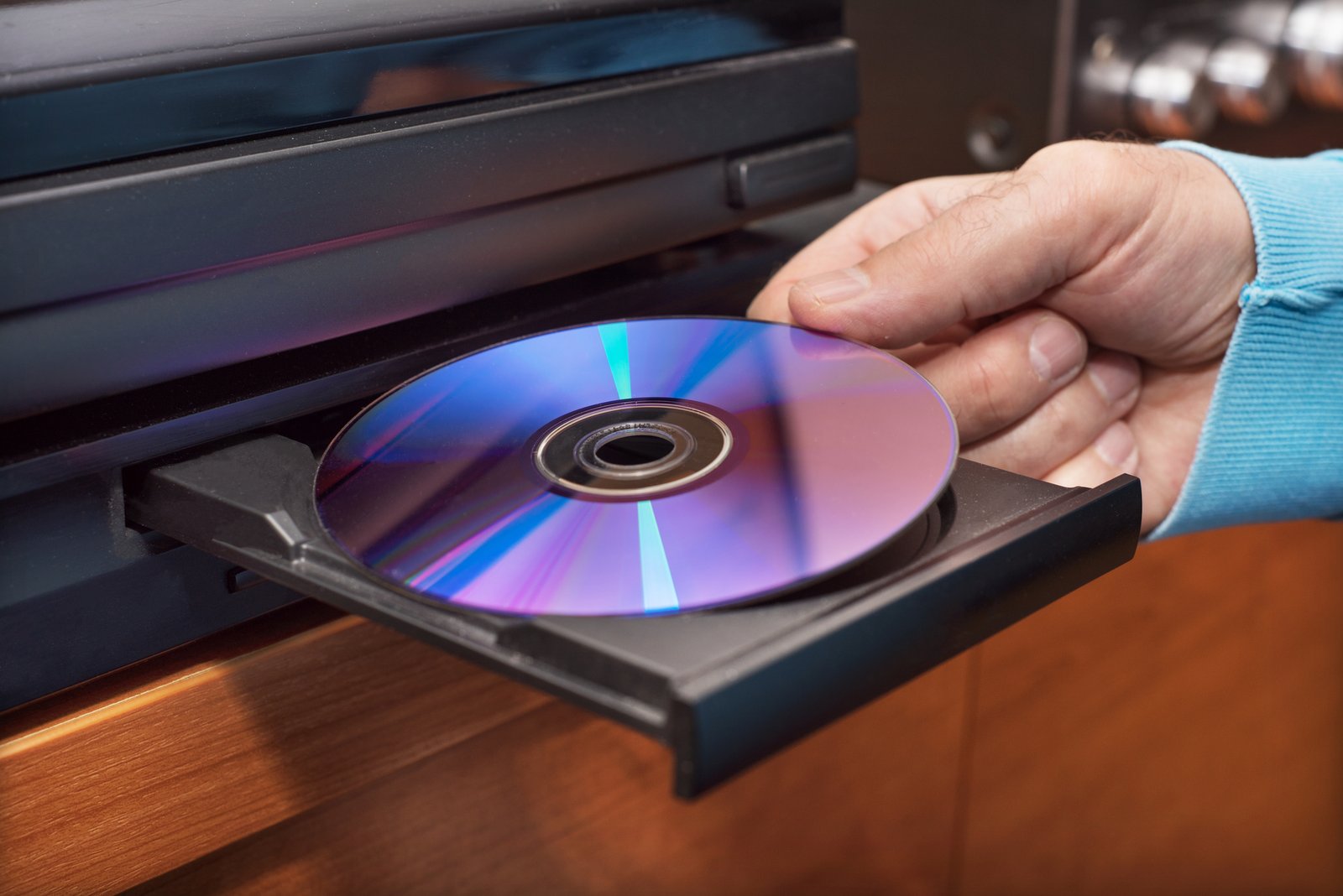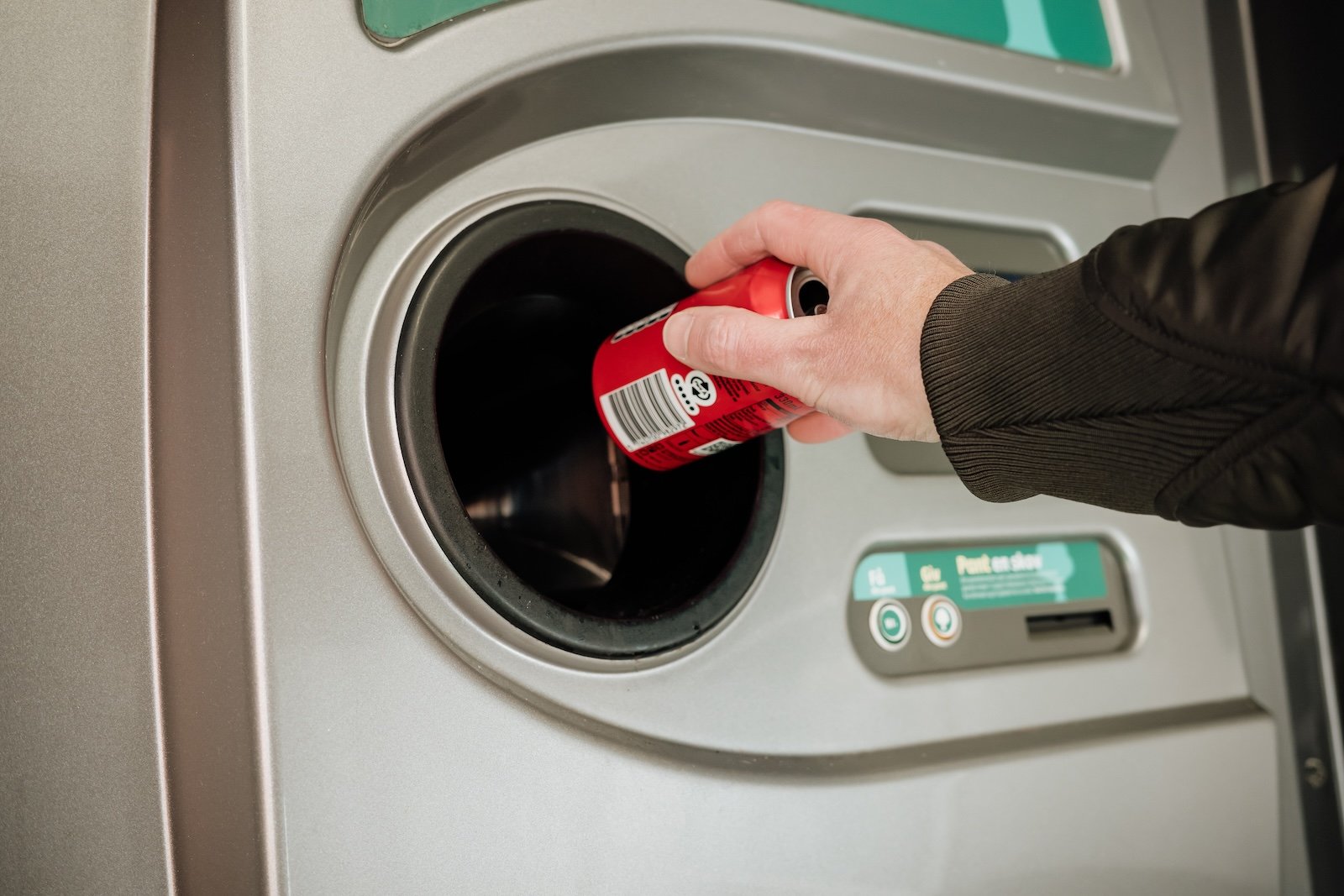Upcycling helps reduce waste, conserves natural resources, increases manufacturing demands, and often results in uniquely personal items imbued with more character than their store-bought equivalents. Here are 12 common household items to consider while upcycling instead of throwing away.
Glass Jars and Bottles

Instead of recycling your glass jars and bottles, upcycle them into planters, storage containers, or chic candle holders. In 2023, a study showed that repurposing glass reduces the energy needed for manufacturing new products by about 30%. This is particularly important as glass production emits approximately 60 million tonnes of CO2 per bottle. Many communities have initiated public art projects utilizing recycled materials, including glass bottles. For instance, Philadelphia has been known for its “Magic Gardens,” a space covered in mosaics made from recycled materials, including glass bottles.
Old T-Shirts

Transform your old t-shirts into reusable grocery bags, quilts, or rags. The Environmental Protection Agency (EPA) reported that textiles are nearly 5% of all landfill space. Moreover, 2,700 liters of water is required to produce one cotton shirt, which impacts the new textile environments. By mid-2023, Marine Layer reported having recycled over 200,000 t-shirts, demonstrating a successful closed-loop system in textile production. This initiative reduces waste and conserves water by further reducing the carbon footprint associated with manufacturing new textiles from virgin materials.
Furniture

Upcycling furniture can range from simple tweaks, like repainting a chair, to more complex transformations, such as converting an old dresser into a kitchen island. A survey by leading manufacturers revealed that upcycled raw materials can be 50% lower than buying new raw materials. For example, an old, discarded piano can be transformed into a stunning, fully functional desk that may serve as the centerpiece in a local community center.
Books

Instead of discarding old books, they can be transformed into art, furniture, or hidden storage boxes. According to the World Wildlife Fund, paper production contributes 13-15% of total wood. It takes approximately 24 trees to make a ton of standard office paper. Also, research estimates that paper and cardboard products make up about 56% of landfills and 6% of combustibles in the United States, more than any other material Americans throw away. Upcycling requires even less energy since it bypasses the recycling process entirely and directly transforms the books into new products. Furthermore, they also help conserve forests and biodiversity.
CDs and DVDs

With digital media increasing, physical CDs and DVDs are becoming obsolete. Instead of throwing them away, they can be turned into mosaic art, coasters, or reflective garden decorations to keep birds away. As per a 2024 report, the plastic used in CDs can take up to 500 years to decompose. Since most of them end up in landfills, it’s high time one must think about reusing shily plastics and discovering new ways to degrade them faster.
Tin Cans

Tin cans are perfect for upcycling into herb gardens, lanterns, or pen holders. It uses more energy than used to be produced by raw materials. This reduces the emission of greenhouse gases when released into the atmosphere. According to the Steel Fabric Service, recycling steel cans saves 75% of the energy needed to produce them from raw materials. Upcycling them further conserves this energy.
Wine Corks

Collect wine corks to create a bulletin board, bath mat, or coaster. The cork industry is sustainable, supporting biodiversity and reducing desertification in Mediterranean regions. Upcycling corks contributes to this sustainability circle. For example, upcycled wine cork mats are perfect for ice machines, kitchens, grocery stores, and restaurants.
Cardboard Boxes

Cardboard boxes can be transformed into custom storage bins, kids’ toys, or cat houses. Recycling one ton of cardboard saves over 9 cubic yards of landfill space, but upcycling them into useful household items can save the energy of recycling and the production of new materials. For example, according to Kohl Children’s Museum, a student in Chicago turned large cardboard boxes into an interactive castle play area. By recycling large quantities of cardboard they made a creative play environment.
Old Towels and Bedding

Convert old towels and bedding into dish towels or mop pads. A study from the National Institute of Standards and Technology showed that textiles in landfills are one of the fastest-growing waste categories. There are 11.3 million tons of textile waste in America alone, equivalent to 85% of all textiles. By upcycling, you keep these materials out of the waste stream.
Plastic Containers

Plastic food containers can be reused as small item organizers, seed starters, or DIY bird feeders. Despite recycling efforts, only 9% of plastic ever produced has been recycled—upcycling can help mitigate this issue.
Light Bulbs

Burned-out light bulbs can be carefully hollowed into tiny terrariums, vases, or decorative baubles. In addition, old incandescent bulbs make perfect miniature terrariums. One can carefully remove the inner components, and fill them with small rocks, soil, and hardy plants like mosses or succulents. A 2023 report from How to Higg, noted that this form of upcycling helps divert hazardous materials from landfills. For example, light bulbs can be upcycled into charming salt and pepper shakers. After cleaning out the bulb and removing the electrical components, small holes can be drilled into the cap, and you can fill them with salt or pepper. Seal the cap securely, and you have a conversation-starting addition to your dining table.
Toilet Paper Rolls

Toilet paper rolls can be upcycled in unique ways. They can be made as cable organizers, seedling pots, or craft supplies. They decompose quickly, but upcycling them can save the raw materials and energy used in producing new products. By doing this, you’re crafting new things and actively participating in a global movement toward sustainability and environmental conservation. Each upcycled item saves resources, reduces landfill waste, and reduces emissions associated with new production.


